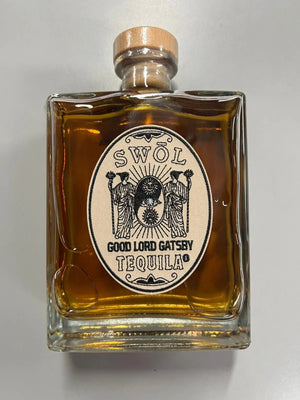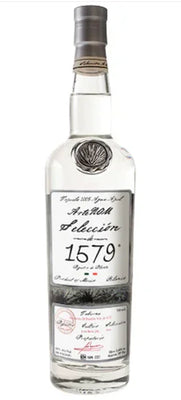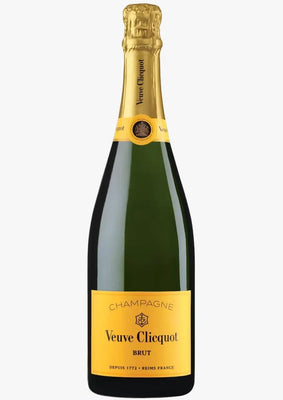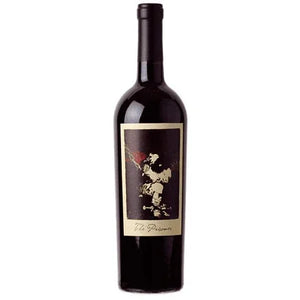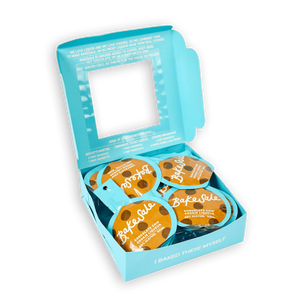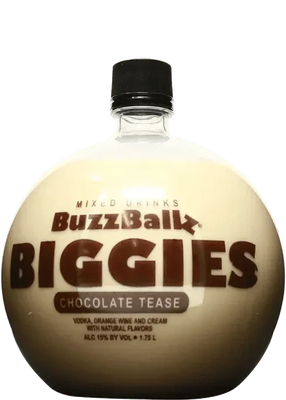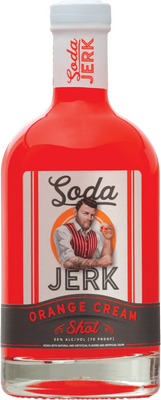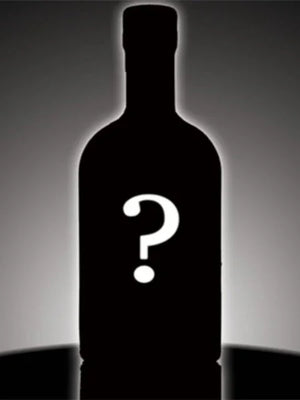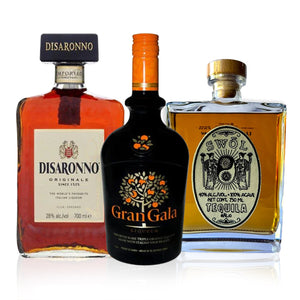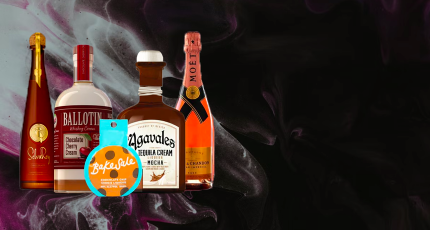Beefeater London Dry Gin is presently manufactured in Kennington, which is a district in South East London in the United Kingdom. Its initial roots can be traced to 1820 when the Chelsea Distillery was first built on Cale Street. Later on, the place became first home to Beefeater Gin. Founder James Burrough was born in 1835, and the Beefeater brand was eventually created from the gin that used to be made at Chelsea Distillery. The location of the company changed twice after that — to Hutton Road in 1908, and to its present location at Kennington in 1958.
Beefeater London Dry Gin uses nine major ingredients for flavoring, according to the manufacturing company. This includes juniper from the hills of Italy, Siberia, and Macedonia; Angelica (seeds and root), coriander seeds, bitter almonds, Seville orange peel, licorice, lemon peel, and ground orris root. The list of ingredients is impressive for such a delicious gin. Below is a detailed review of London Dry, which you can purchase if you order liquor online.
In the Bottle: 48/60
The Beefeater London Dry Gin is sold in two different styles — a 375 ml rectangular flask-style bottle, and a traditional tall barroom-type bottle. Both have attractive labels which convey the English tradition of the spirit effectively. The only negative that can be pointed out is the metallic grooves pressed on the screw cap. However, this is not much of a deal breaker when you consider the fact that these bottles do not burn a hole in your pocket. In other words, the economic nature of the drink means this error can be overlooked.
The Beefeater London Dry Gin available in Canada is a 40 % abv spirit. However, several other sources mention this as 47% abv. Such a difference has a huge impact on the gin, as discussed below.
In the Glass: 48/60
On pouring this gin, you see slender legs form along the inside of the glass tumbler, which fall back quickly into the glass. The gin appears very clear to the eye, much as any high-quality gin usually does. As you sniff the glass, you get the impression that the drink would be a great laid-back one. Initially, soft piny scents of juniper rise along with tones of lemon citrus and orange. If you know about the botanicals used in the manufacture of a gin, you would be able to sense tones of licorice and coriander as well in there.


